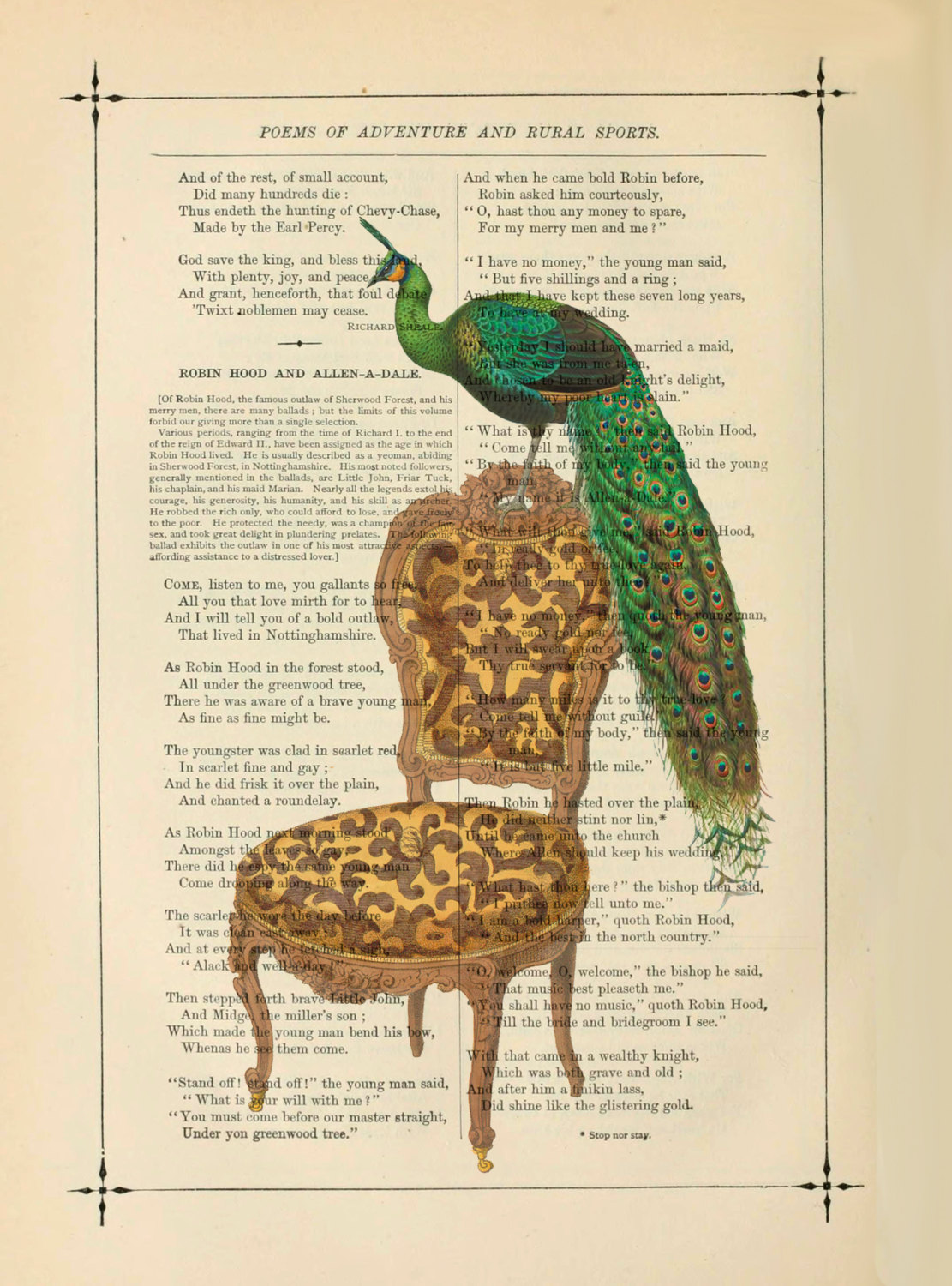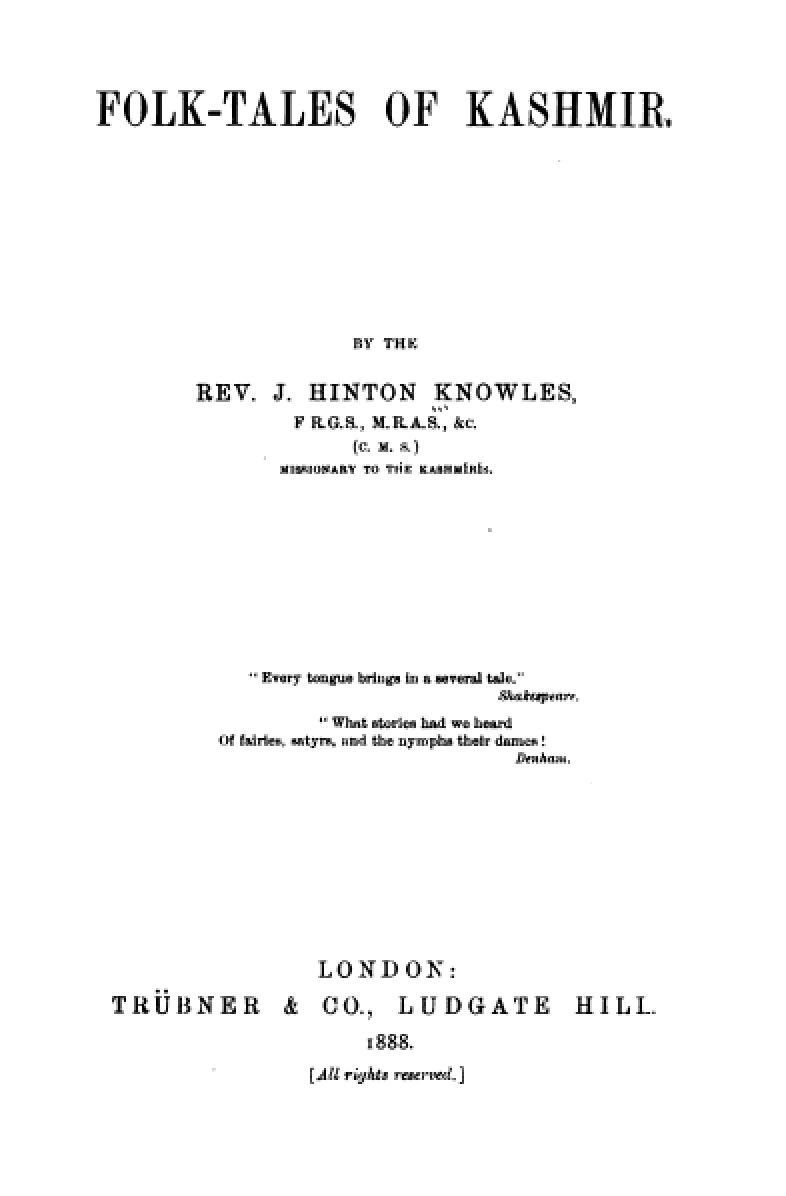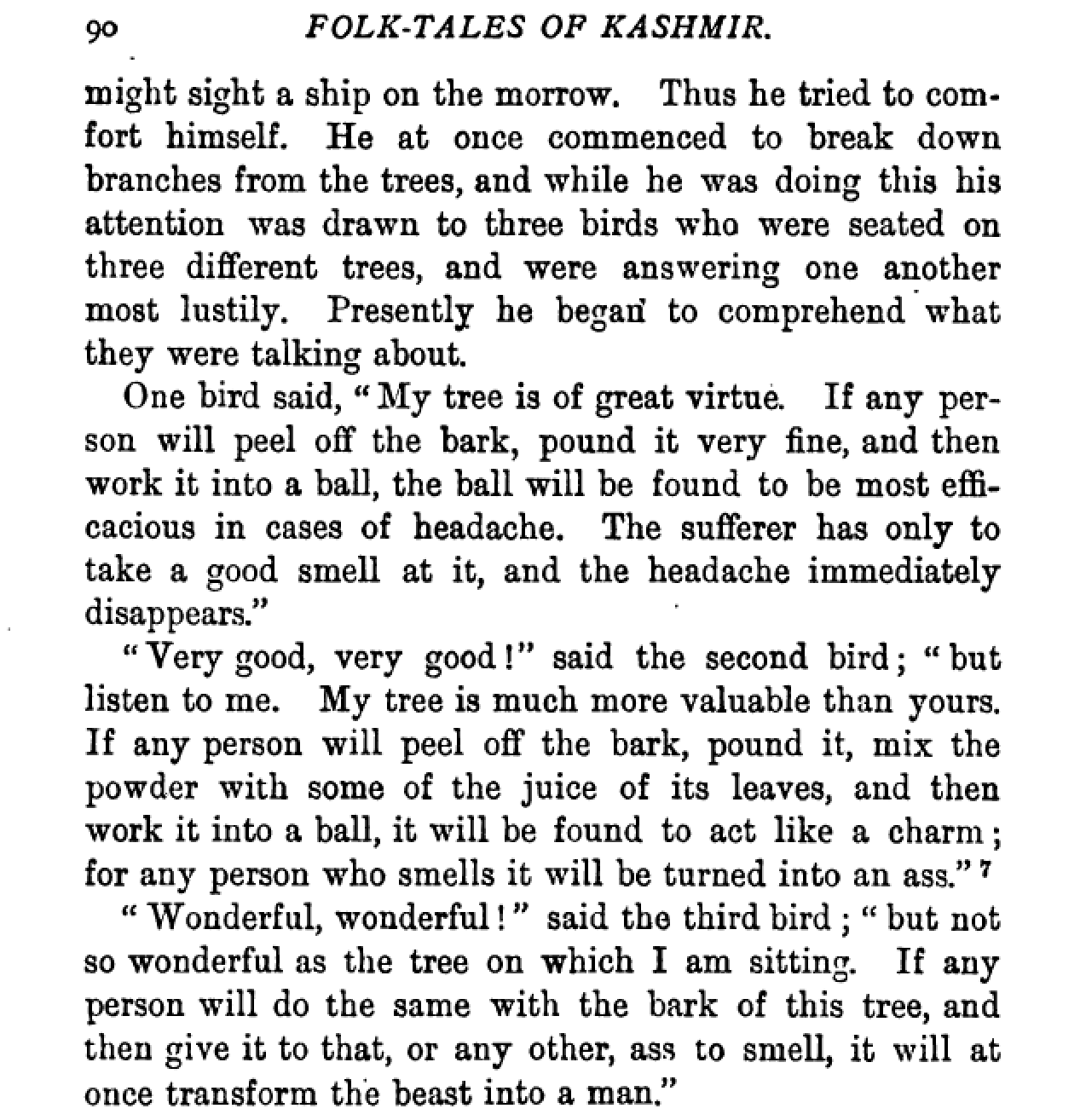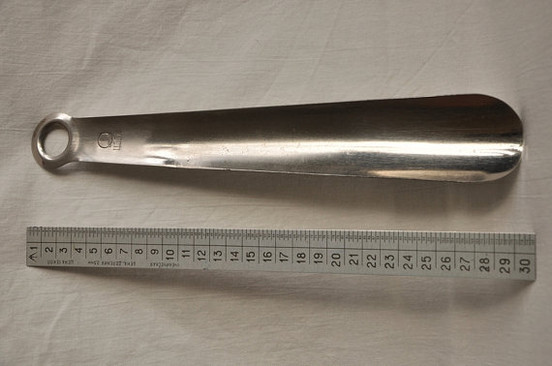Certain of our readers perhaps have friends or acquaintances who suffer from a passion for contemporary kung fu films.
Our archives contain a letter from a known Paris associate of the Order to an individual – an amateur Orientalist of the fin-de-siècle, an indolent and epitomically neurasthenic contemporary of Huysmans’s Des Esseintes – who had amassed an enormous library devoted to the Chinese and Japanese martial arts, and to any work glorifying, mystifying, or otherwise embellishing them. This individual, J.-P. M. de Fohat, was a willfully credulous type, and probably delighted by the fanciful fiction that the contents of the letter most likely represent. The extent of de Fohat’s acquaintance with the Order is not presently known to us, though he was evidently familiar with certain of its terminologies. However, we can paraphrase the letter’s contents – whose interest derives in part from dubious details about the secretarial role in the Order – as follows:
In mid-eighteenth-century Japan, the Order in that region possessed a fairly competent military wing, for the stated purpose of self-defense. The letter author indicates the presence, in that context, of a chōjimujikan (鳥寺務次官)– coining a hybrid term in which the characters ordinarily used to denote an under- or vice-secretary in a modern bureaucracy are replaced by the homophonic characters denoting a Buddhist temple administrator (the import of the first character, of course, will not escape our readers). It was this “bird temple secretary,” to attempt a translation, who proposed that a certain cell of the Order in the Kantō area carry out an action on a battlefield, while a battle was taking place. It is unclear whether the object of the action was a concrete thing, like armor or ensigns, or more abstract, like the patterns and vividry of the battle itself. The “secretary,” it seems, doubled as commander of the armed defenders of the group, who stood in a vacuole of relative calm as the warriors circling them fought off stray attackers. It also seems to be the case that the warriors themselves participated in the action, performing a quick and streamlined version of its standard sequence during each personal skirmish, which they believed enhanced their skill in battle.




